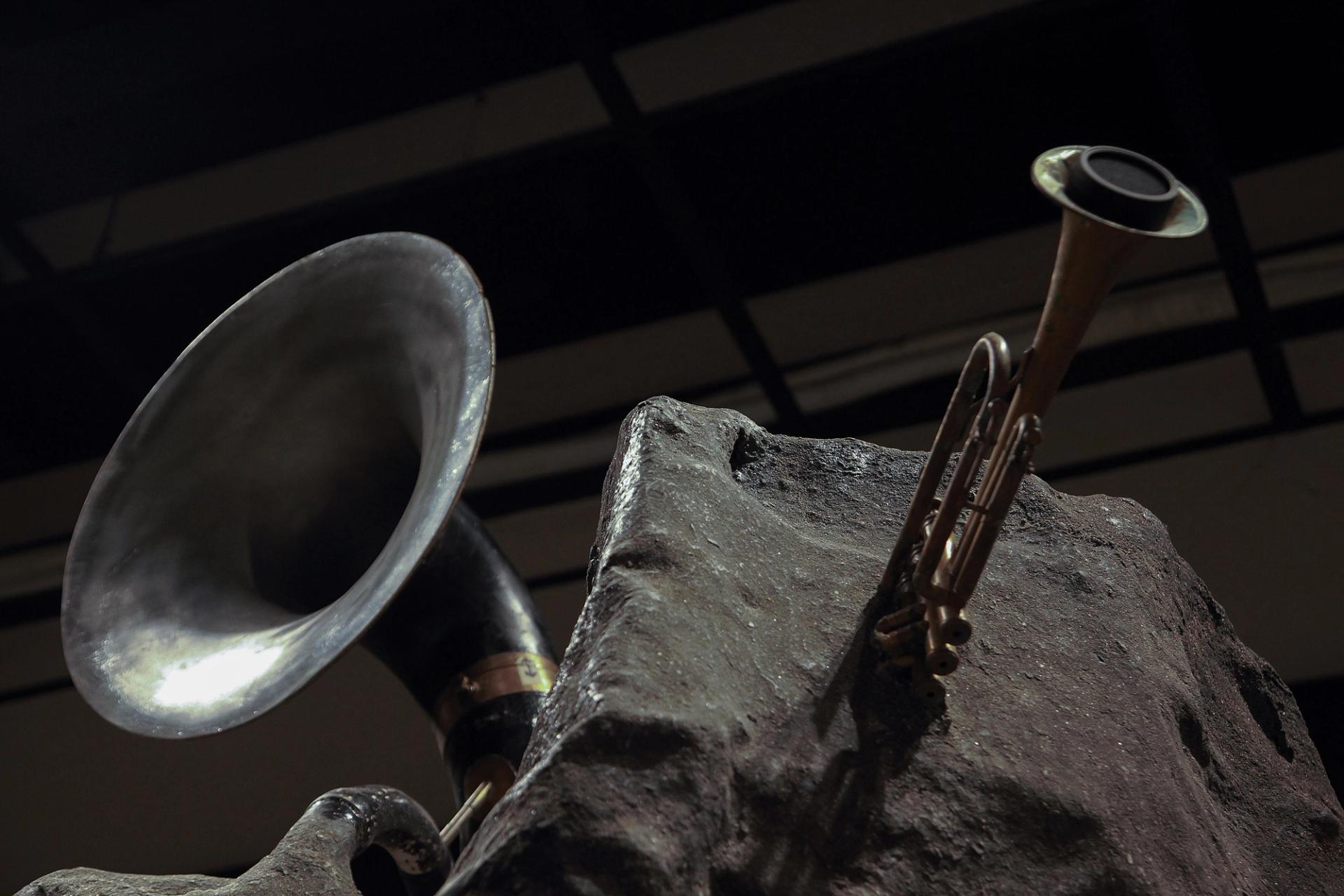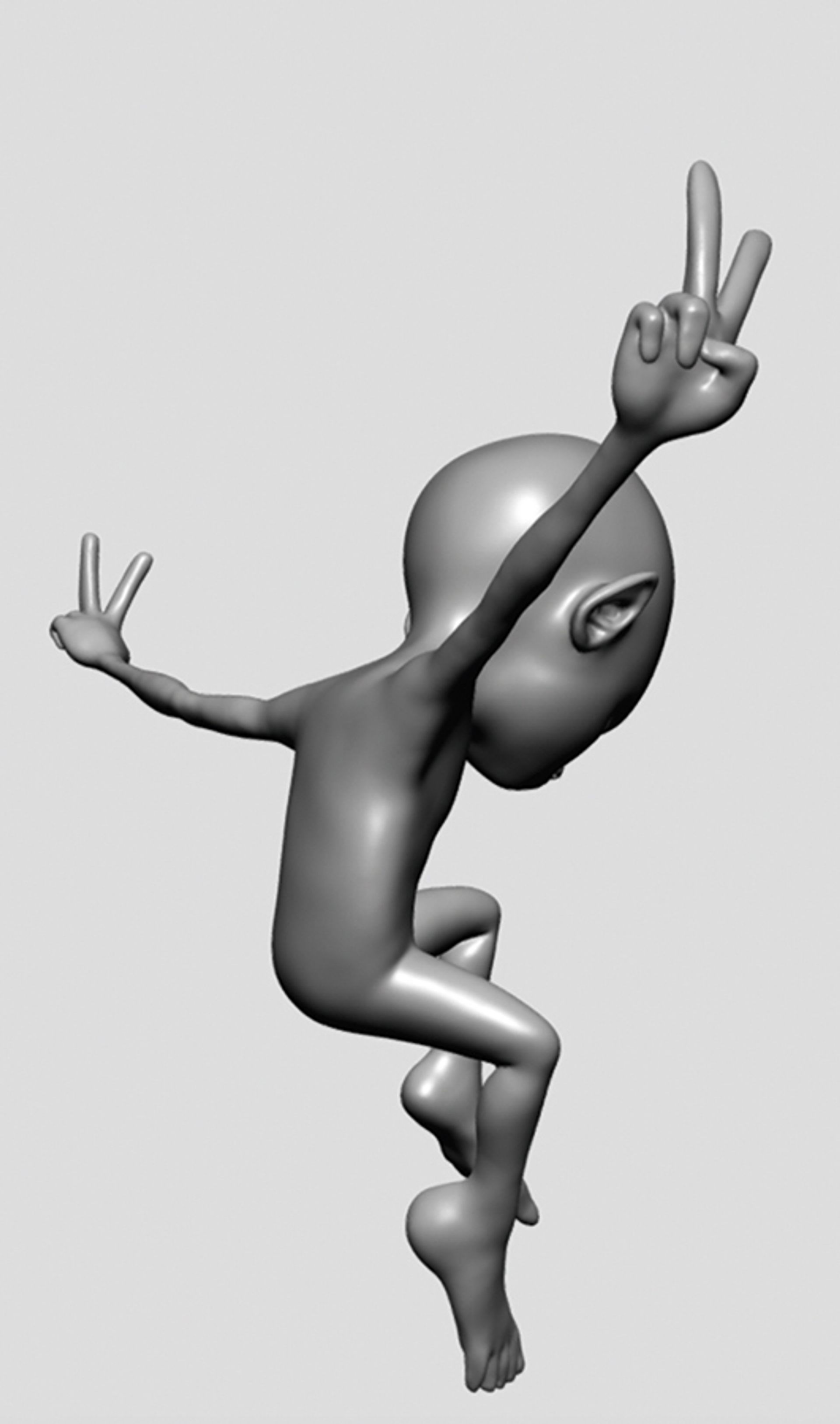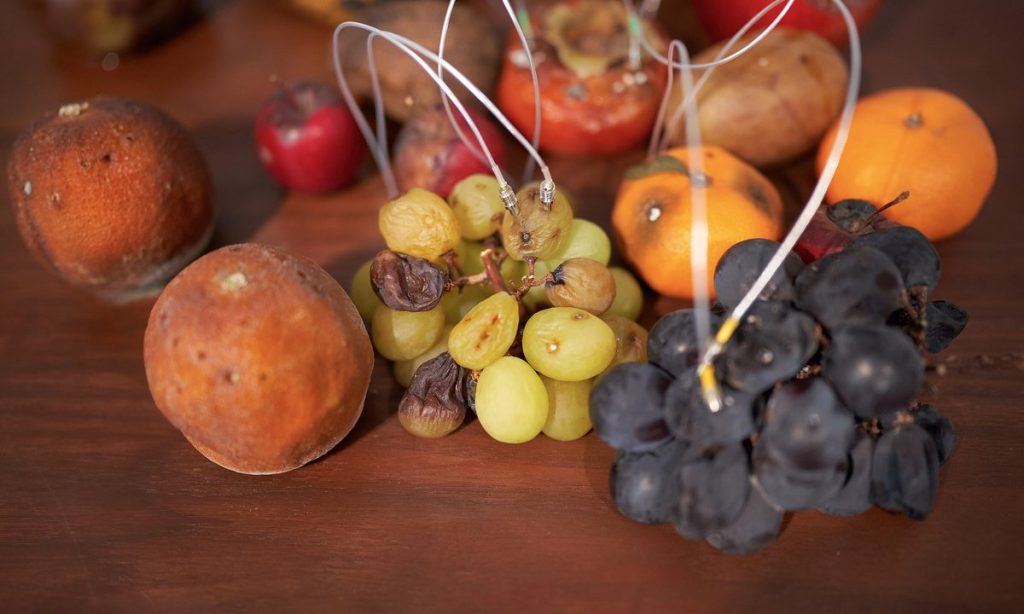Since its inception in the 19th century, the Venice Biennale has invited artists to represent their countries in national pavilions. But art’s power to transcend and transcend national — and other — borders is a driving force at the 60th Venice Biennale (April 20-November 24), which focuses on marginalized identities and the Global South. The curator Adriano Pedrosa describes his subject, Foreigners everywhere, as a “call to action” as the number of forcibly displaced people around the world has reached a record high. Many Asian artists participating in this year’s pavilions seem to have heeded the call. Here’s a guide to their boundary-pushing contributions, a spectacular sea voyage from migratory species that thrive in Singapore’s forests to Cantonese myth.
Japan: Yuko Mohri
Electrodes connected to decomposing fruit will generate energy for Yuko Mohri’s acoustic sculptures coming to the Japan Pavilion, an installation billed as a critical commentary on environmental issues. The artist says he is interested in how a crisis can paradoxically trigger the “highest levels of creativity”. The inspiration came from watching railway workers in Tokyo improvise systems to catch water spills at their stations, using umbrellas, buckets, pipes and tape. The biggest crises on Mohri’s mind are the Covid-19 pandemic, the disastrous 2019 flood in Venice and the threat of sea level rise due to the climate emergency. “Feeling the beginning of a new era in responding to global challenges, I want to present an innovative approach that will open a new path for the future,” he says.
Philippines: Mark Salvatus

detail of color (2024) by Mark Salvatus; The Philippine pavilion includes the artist’s exploration of migrant musicians Photo: Elvert Bañares; Image of NCCA – PAVB
Artist Mark Salvatus coined the term “Salvage Projects” to describe his interdisciplinary practice. His video and installation works for the Philippine pavilion will bring to life the mystical history of Mount Banahaw, a volcano with sacred significance near the artist’s birthplace in Lucban. title, Waiting behind the curtain of this eraIt takes the words of the revolutionary preacher Hermano Puli of the 19th century, who was executed by the Spanish colonial authorities for leading a native religious order of the Filipinos—a response to the racial discrimination of the Catholic Church. Puli’s life and legacy will be explored alongside the parallel history of Lucban’s migrant musicians since the 1950s. Salvatus’ narratives of resistance and renewal aim to spark “the transformative power of the local imagination,” according to a press release.
East Timor: Maria Madeira

Lips to Kiss and Don’t Tell (2023) by Maria Madeira for East Timor’s inaugural Biennale pavilion Photo: Juventino Madeira; courtesy of the artist and Anna Schwartz Gallery, Australia
The youngest nation in Asia, East Timor, will participate in the Venice Biennale for the first time, 25 years after the referendum that decided independence from Indonesia. Representative artist Maria Madeira was evacuated from Timor-Leste in 1975 after decolonization from Portugal and the invasion of Indonesia; his family lived as refugees in Portugal for several years before relocating to Australia. Madeira show Kiss and Don’t Tell It pays homage to the resilience of Timorese women by incorporating traditional materials such as betel nut and ceremonial cloth tais. In three special performances during the pre-inauguration of the Biennale, from April 17 to 19, she will kiss the walls of her lips and sing the spiritual mourning song Ina Lou in the indigenous Tetun language, described as a collective call for “unity with our motherland”. “.
Singapore: Robert Zhao Renhui

by Robert Zhao Renhui Seeing the forest (2023) will be exhibited in the Singapore pavilion Courtesy of Robert Zhao Renhui
Artist Robert Zhao Renhui founded Singapore’s pseudo-scientific Institute of Critical Zoologists as a vehicle to explore the relationship between humans and animals. Like a research scientist, he has spent years on his latest research: the study of Singapore’s secondary forests, where nature is regenerating itself after environmental and man-made disturbances. Zhao draws a parallel between these marginalized areas on the edge of Singapore’s hyper-urbanized environment, often filled with “migrant” invasive species of plants and animals, and the dynamics of human society. Presentation of his Venice video works, sound and sculptural installations, Seeing the forestit aims to open eyes to the “richness and variety” of secondary forests as “radically welcoming” spaces.
Taiwan: Yuan Goang-Ming

of Yuan Goang-Ming Daily War (2024), in the Taiwan Pavilion © Yuan Goang-Ming; courtesy of the artist
Daily War, the centerpiece of Yuan Goang-Ming’s Taiwan Pavilion exhibition, depicts a violent airstrike destroying a house, filmed in Yuan’s home. From the ruins, the house is slowly restored to the tranquility of its original home. The pioneering video artist says he wants to “metaphorically explore Taiwan’s hidden fears and threats in its current state,” a nod to the growing military pressure on the autonomous island, which mainland China considers a breakaway region. A sense of eerie suspense follows Daily ManeuverPrevious work covering the annual ritual of the Wanan Air Raid Drill, when all Taiwanese rehearse their responses to a potential attack.
South Korea: Koo Jeong A

An image that diffuses the scent of bronze KANGSE SpSt (2023-24) takes center stage in Koo Jeong A’s project Odorama cities for the Korean Pavilion Courtesy of the artist
“What is your smell memory of Korea?” was the exciting question posed by artist Koo Jeong A at an open call last summer. More than 600 Koreans (including North Korean defectors) and foreign residents wrote in with answers, which Koo and his team distilled into 17 different scents. in collaboration with perfumers. Visitors to the Korean pavilion will immerse themselves in their creation through a levitating bronze figure that spreads fragrance. The title Odorama cities, the project aims to overcome geographical boundaries and the boundaries of the visible world through the collective memory of a nation’s map. Koor’s art expresses the subtlety of transitory interventions that work through traces and senses to show that “nothing is ordinary”.
Northern countries: Lap-See Lam, Kholod Hawash and Tze Yeung Ho

A dragon head mark by Lu Guangzheng Altersea OperaThe installation made by Lap-See Lam for the Nordic Pavilion Photo: Matthias Lindbäck/Moderna Museet
Lo Ting, half fish, half man, is the protagonist of the Cantonese myth Altersea Opera, designed by the Swedish artist Lap-See Lam for the Nordic Pavilion. The work tells of longing for a lost home, Fragrant Harbour, another name for Hong Kong. Biennale visitors will continue their journey inside a spectral installation of dragon boats, inspired by a traveling Cantonese opera troupe and a floating Chinese restaurant that once traveled from Shanghai to Sweden. Ideas of migration, displacement and belonging are at the heart of Lam’s show, the first in the Nordic Pavilion to bring together artists from the Asian diaspora. Lam has collaborated with Norwegian composer Tze Yeung Ho, also of Cantonese descent from Hong Kong, and Iraqi-Finnish textile artist Kholod Hawash to realize the supernatural Gesamtkunstwerk.


